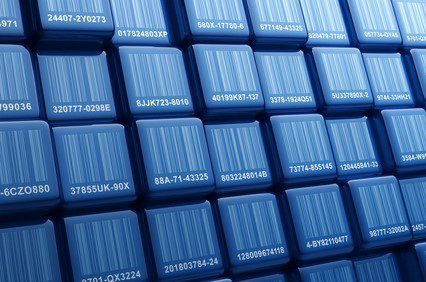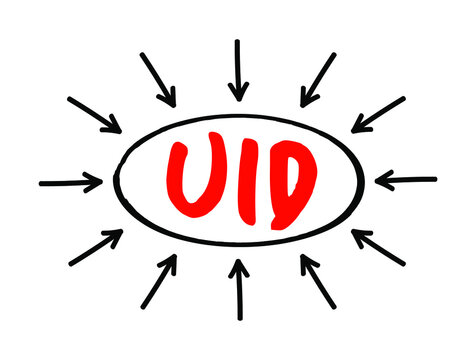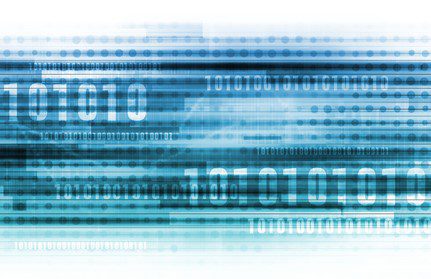What is a Unique Identifier (UID)?


In today’s complex systems and operations, the ability to uniquely identify and track assets or entities is paramount. This critical need has led to the widespread adoption of Unique Identifiers (UIDs) – distinct codes or numbers assigned to individual items or entities.
UIDs play a vital role in ensuring accurate identification, traceability, and efficient management across various industries, including manufacturing, supply chain, healthcare, and the military. The implementation of UIDs enables organizations to maintain precise records, streamline inventory management, enhance operational efficiency, and ensure compliance with regulatory requirements.

In manufacturing, UIDs facilitate quality control and traceability from component sourcing to final products. The healthcare sector leverages UIDs for medical devices, implants, and pharmaceuticals to safeguard patient safety.
Moreover, the military has been at the forefront of adopting UIDs, employing them to track a wide range of equipment, from vehicles to munitions, ensuring precise inventory management and strategic deployment readiness.
A unique identifier (UID), also known as IUID, is a program originated by the Department of Defense (DOD) to provide better accountability for their tangible assets. This program requires that a unique and specific number be assigned to Government owned and Government purchased tangible equipment according to established rules.
This number is then applied to the asset or marked directly on the asset for its useful life. The actual number is referred to as the UII or unique item identifier which is globally unique by design.

The Unique Identification Program was established by memorandum in 2004 and then detailed in subsequent versions of MIL-STD- 130. Later, the program was mandated to owners and manufacturers of Government Defense related equipment. The mandate created implementation plans for Government entities as well as a contract clause for manufacturers, (DFARS) clause 252-211-7003.
The central characteristic of ID is the presentation of the UII in a 2D bar code called a data matrix code. This is a square or rectangular symbol read with a digital imager. This differs from the string of bars and spaces most people are used to seeing.
The Defense Procurement and Acquisition Policy offers some key definitions that clarify the differences between UID, IUID, and UII.
MIL-STD-130 provides uniform engineering and technical requirements concerning processes, procedures, practices, and methods. MIL-STD-130, specifically, addresses standard practices for identification marking for U.S. military property, both for UID applications and for non-UID applications.
UID is required by the U.S. Department of Defense for all equipment with an acquisition cost exceeding $5,000, as well as mission-critical equipment, controlled inventory, serially-controlled equipment, and consumable equipment.
2D Data Matrix ECC 200 Symbol is the required technology used in marking individual items to allow them to be machine readable or “scanned.” The Department of Defense requires UID for all solicitations received on or after January 1, 2005.
Additionally, the DOD has mandated that all federal contractors have UID markings on government-furnished military and non-military equipment. Items are not eligible for IUID registry until they have UID markings with unique item identifiers.

There are two primary benefits of UID:
UID provides both improved data integrity and data quality throughout the life of assets. Contributing to this is the requirement that UID labels and marks must remain readable throughout the life of assets.
Marking materials and processes must now withstand harsh environments and extended outdoor conditions, thus placing new emphasis on marking methods and material choices.
The increased productivity and efficiency offered by UID provides cost-savings benefits to both the DOD, federal contractors, and taxpayers. The individual item data proves useful for logistics and engineering analysis, thus enabling the identification of further cost-savings opportunities.
Finally, a unique identifier also provides in-depth historical data tracing of individual assets from design and production through asset retirement and disposal.
Some common examples of UID numbers include driver’s license numbers, passport numbers, student ID numbers, social security numbers, product serial numbers, and barcodes or QR codes.
The primary purpose of a Unique Identifier (UID) is to uniquely identify and distinguish individual entities or items within a system or database. UIDs enable accurate tracking, management, and organization of assets, records, or components throughout their lifecycle.
Some key purposes of UIDs include:
There is no definitive list of “the three unique identifiers,” as unique identifiers can take many forms depending on the context and purpose. However, some of the most common and widely used unique identifiers include:
Our sales engineers are experts in automatic asset tracking, tagging and identification,a nd can answer all your questions. Get in touch now.
Lets Talk ›Enter your information and get a free checklist of the top questions to answer and tips to plan a successful asset tagging project for any asset management or tracking system implementation.